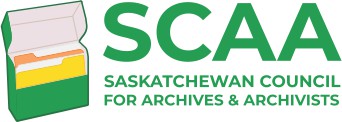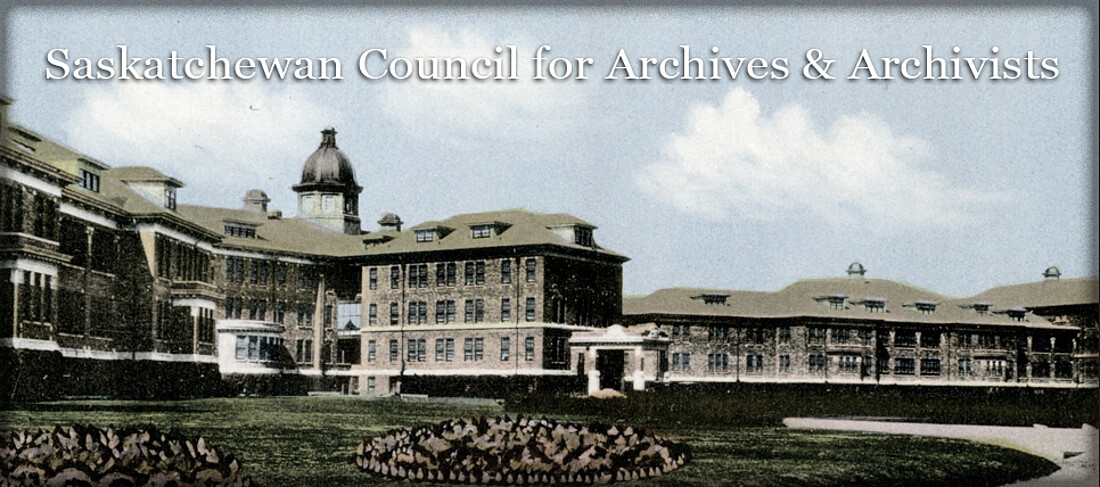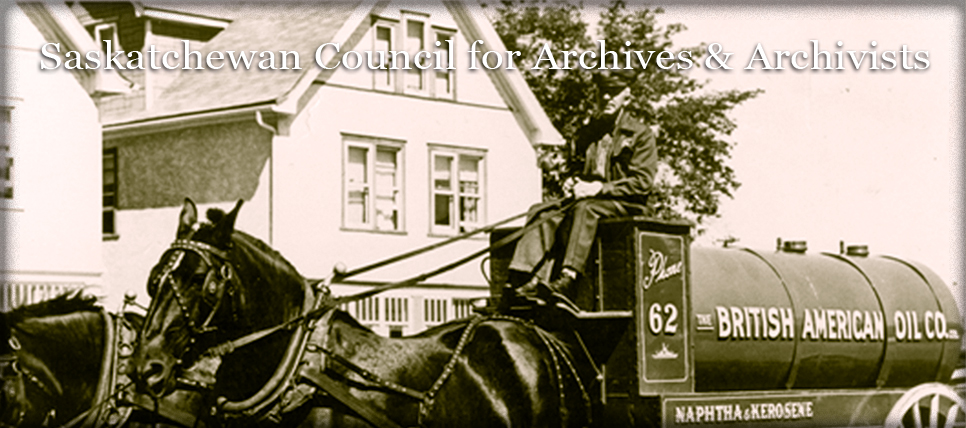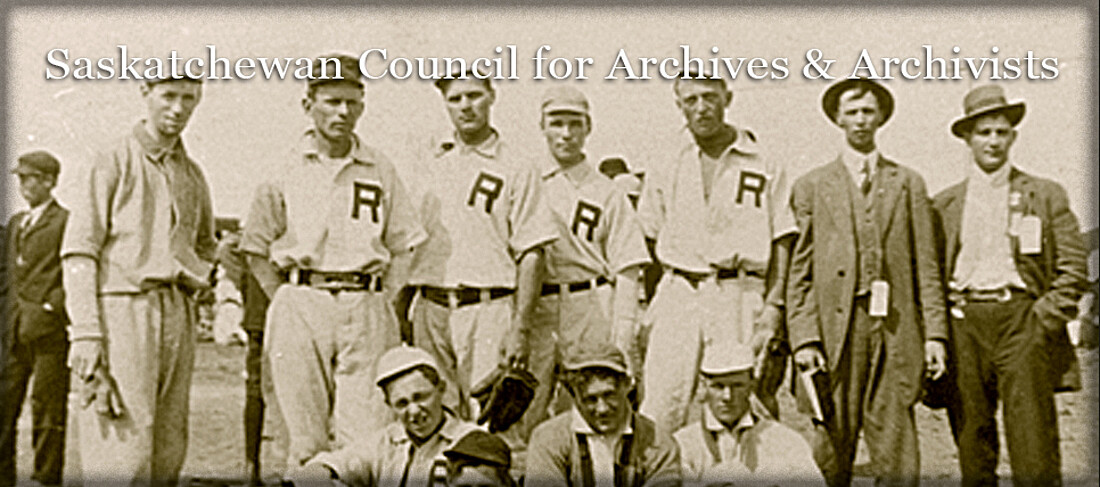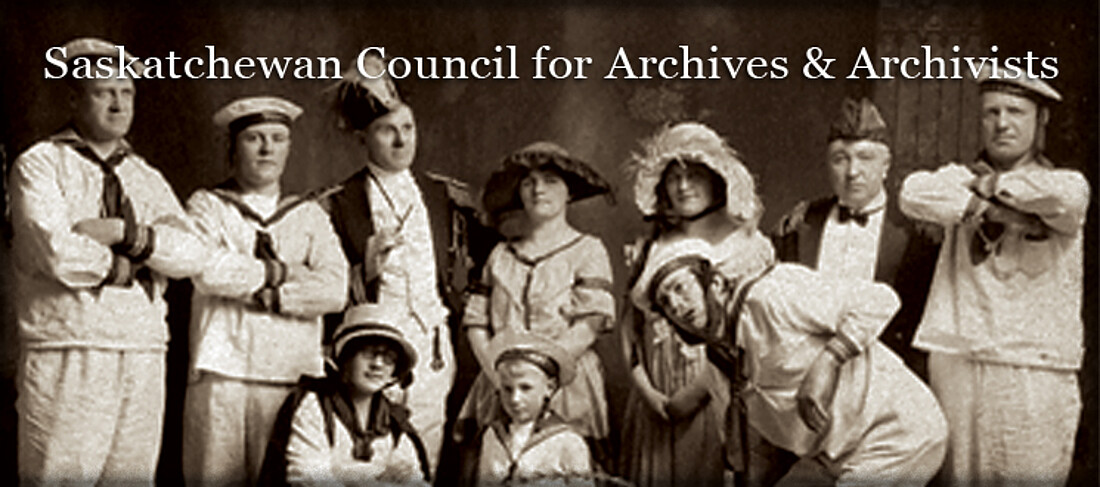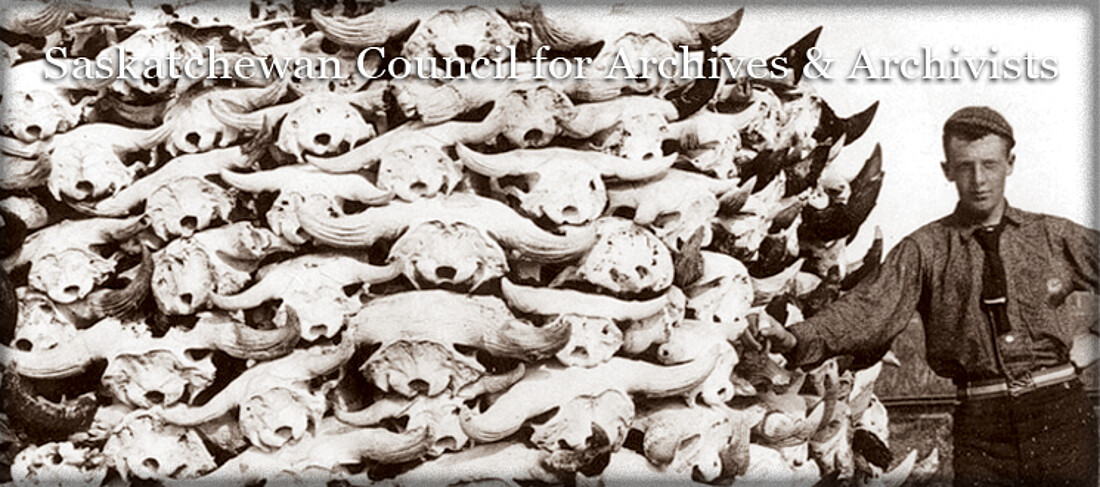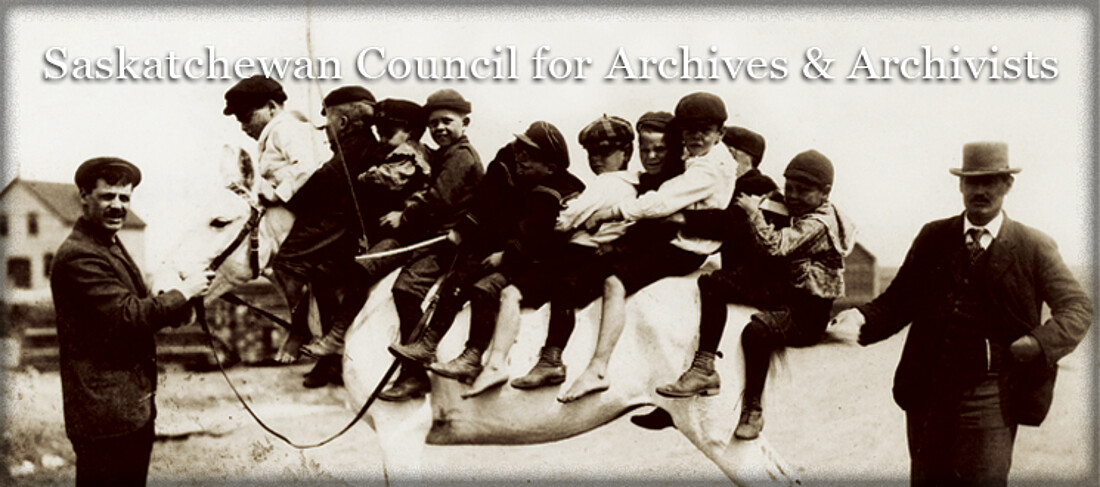1905
Province of Saskatchewan Established
2000
SCA/SAS Amalgamation, SCAA creation

2020
SAIN Amalgamation, MemorySask Database Creation
EVENTS
BLOG
New entry from Cameron Hart, SCAA Archives Advisor with contributions from Graham Guest, Archivist at the Northern Saskatchewan Archives, and Derek Cornet, staff writer for LaRonge NOW, on August 18, 2025.
SCAA ADMINISTRATIVE OFFICE
P.O Box 31122 RPO Normanview
Regina, SK
S4R 8R6
Telephone: (306) 780-9414
Email: SCAA office
